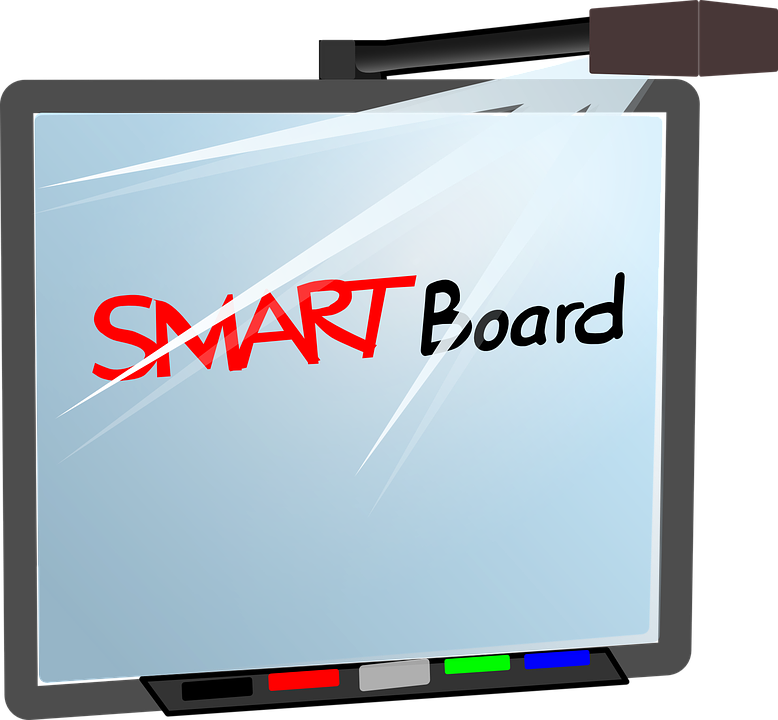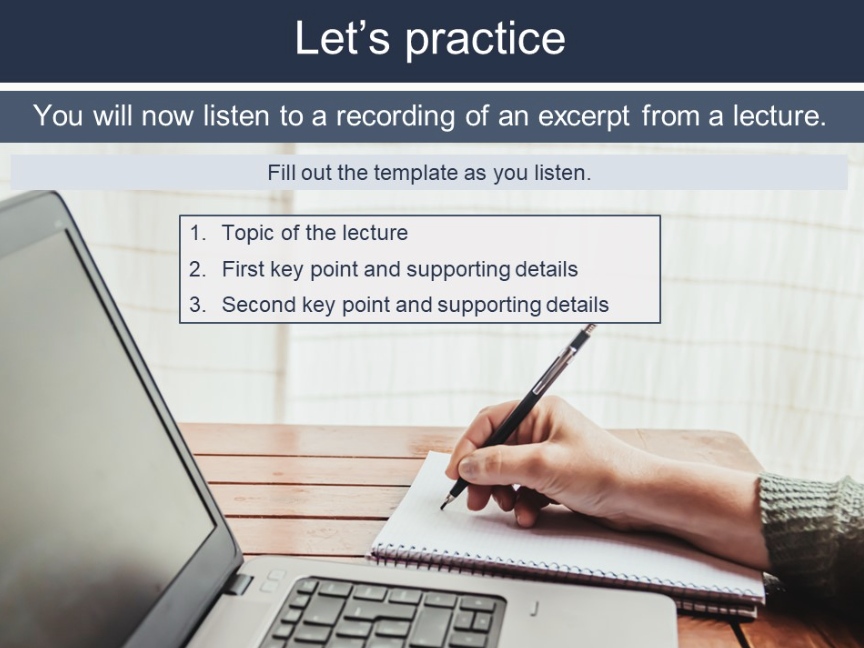5 min read
Share this post

The topic has been stewing in my head over the last couple of months as I’ve been visiting ESL classrooms in Canada, Australia and Malta. When meeting with Academic and School Directors within ESL Institutes, the topic of Interactive White Boards in ESL classrooms keeps coming up. Specifically, are Interactive White Boards (IWBs) worth the cost? Interestingly, this topic comes up at both schools that are thinking about making the investment and those that already have!
I’m especially interested in this topic because my own software tool recently paired an Online Whiteboard with our Online ESL Library. Here’s a short demo if you’re interested in the results:
Despite the fancy acronym, an IWB is quite a simple device. It’s the combination of a projector with a touch sensitive display. You can connect a device to the projector (as you would any projector) and impose your own annotations, text, drawing our additional media on top of your projected display. You can manipulate the display using a control panel, a digital pen or your finger. The technology has existed since Xerox introduced it for office use in the 90’s but has increased in popularity for use in the classroom since SMART Technologies released their SMART model (hence the popular Generonym “Smart Board”) over fifteen years ago.
The uses of IWBs in the classroom are as varied as the teachers that use them. Many teachers like to use them as an opportunity for interactivity by allowing students to manipulate learning material in a live setting or by playing a live classroom game where students each take a turn playing. Many IWBs come with pens and almost all models allow you to “write” using your finger. In an increasingly digital world, many ESL teachers use IWBs to allow students to practice “proper” English writing.
A simple search for a cost comparison makes it clear that there’s huge range in costing. This is to be expected for a relatively mature technology product. Lots of differentiation has sprung up. Depending on the model, the brand, software upgrades, storage capacity and content creation tools there’s a huge variance in pricing. It appears that for a medium range set up you can purchase an IWB at an all-in cost of between $1000 – $1500. For a multi-classroom language institute already functioning on increasingly competitive margins, this can be a significant investment. So, it’s important to look at a cost/benefit justification.
Most ESL classrooms today are already fitted out with either projectors or TV screens. So, when making an assessment of cost/benefit, it’s nice to compare the functionality of an IWB back to these devices. What are your teachers planning on doing with their new toys that they can’t already do with their TV screens or projectors?
If you’re projecting your computer or tablet onto a screen the old fashioned way, there’s a lot you can do! You can add an element of interactivity to the classroom by sharing your device around the class with students. For example, you can play a game and pass your device around the classroom and give each student an opportunity to play. The results of each student’s turn would be played live at the front of the classroom. With an inexpensive device like an Apple TV you can give each student an opportunity to take over the screen with their own device. You can use a free whiteboard software on your laptop that will replicate most of the functions of an IWB. The right software will even allow you to save a class’ board and easily send it out to students after class or reload it at the start of your next lesson.
Of course, there are limitations of using “ancient” technologies such as a TV or a projector to project your device onto a screen. You won’t have any physical touch capabilities on the screen itself. Most language schools I’ve visited were adult-focused. I do wonder how necessary it is for adult students to be able to touch the screen themselves. And of course, you won’t have a pen for students to practice writing.
To be honest, I can’t think of too many more limitations. And there’s two more important points for School Directors to consider:
Share this post



4 Comments
I think that it comes down to the software, not the hardware.
I have taught in classrooms with a projector, a computer and software designed for interactive whiteboards and it was a great experience. I would have loved to go full smart board, but I have not been that lucky.
I used the software that came with the “wishes” series of books ( sorry not sure about the publisher) and the interactivity and ability to draw and write while showing questions and answers was brilliant. The ability to show the answers as well as telling the answers worked amazing well.
Glenn
Hi Glenn, thanks for stopping by. Agreed 100%. The IWB (or projector/tv screen) is just a blank canvas, to be brought alive by good software (and of course, good teachers!).
To be honest, I do think that interactive/ animated boasts have a role, BUT the things in the demo aren’t the main ones.
The was little there that I can’t do with my existing laptop on our nice big monitor.
These IWN are expensive and to get real value, they need to be MUCH more than just a pseudo tv monitor.
Hi Phil,
Thanks for stopping by. Yes, I agree that IWBs can be quite pricey. In the demo, I’ve just shown some basics that you can preform on any screen (i.e. TV or projector) when your laptop is connected and you’re on Off2Class’ canvas (a feature in our software). What do you feel is critical to be to preform when you’re teaching ESL in a classroom environment that’s equipped with a screen?